This resulted in liner production beginning in the Summer of 1943, followed by a gap in new contracts (while the generals battled to get some other uniform more to their liking produced instead) with new batches not being started until the following Summer.
Issue of the liners was by no means universal, with many soldiers wearing sweaters or other jackets to accomplish the same purpose. Given that the liners have a sturdy outer shell, they were often worn on their own without the field jacket. In period photos, they can often be mistaken for tanker jackets unless the front is visible. allowing one to see the buttons.
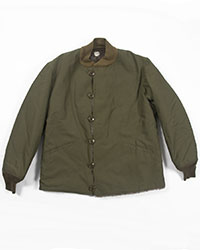 |
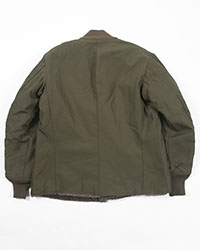 |
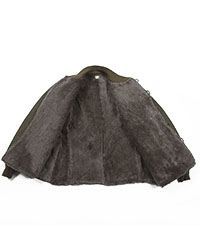 |
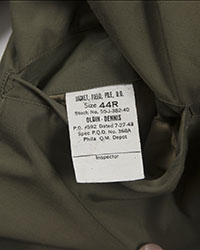 |
The first liners were spec number 368A, Jacket, Field, Pile, O.D. approved 30 June 1943, with contracts dated in late July. Quantities made are unknown, but I suspect they were substantial, given that 75+ years on, original examples are not terribly rare. The liners generally appear to be a rather ugly child born of a B15 Flight Jacket and the mailman.
The shell is O.D. 7 cotton poplin, similar (if not the same) as that used on M41 Field Jackets, with two slash pockets. The interior is lined with woolen pile, and the neck and cuffs are trimmed with knit wool to prevent the wind from entering.
The fronts is closed via 6 large plastic buttons, fastened through cord loops rather than buttonholes- likely due the difficulty of sewing buttonholes through the pile and impracticality of zippers for troops likely to be wearing gloves in freezing conditions.
No provision was made to attach the liners to the field jackets themselves- they were simply worn as one coat over another.
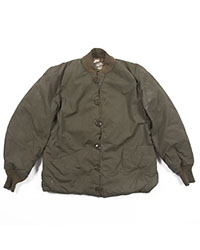 |
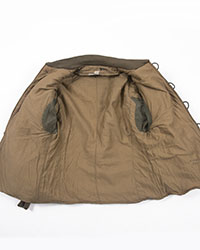 |
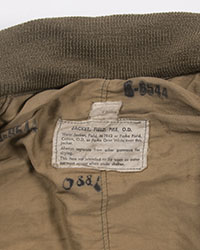 |
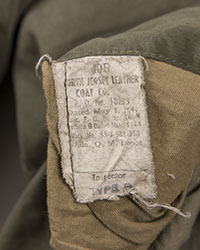 |
In March of 1944, the design was amended slightly, with the new contracts being issued starting in May, as spec number 368B, as Jacket, Field, Pile, O.D. Type B. Some spec labels describe these as “Pattern B” in addition to or in lieu of “Type B”. All Type B’s appear to have an instruction label added below the size tag at the neck.
Additionally, some 368B’s have the pile lining covered with a layer of OD3 cotton twill (the fabric used for Tanker Jackets and Jump Uniforms). Examples seen of this type with the “khaki” interlining, were to date, all from the May 1, 1944 contract, and the spec date of March 1944. 368B’s from subsequent contracts, have a spec date of July 1944 and have all had the more typical exposed pile inside. So, it appears that the covered lining was only for the early 368B contracts, after which they switched back to the exposed alpaca.
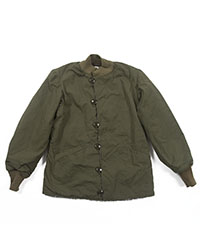 |
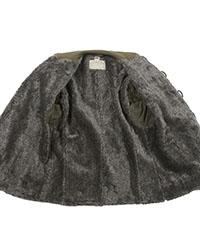 |
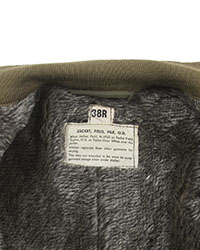 |
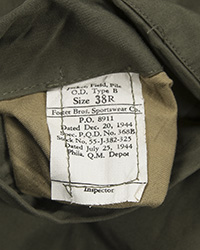 |
Later production runs of 368B’s appear to be identical to the 368A’s from the previous year aside from the instruction label in the neck. Liners produced in the immediate postwar period, spec no. 6-440, have the pile lining again covered, but this time with a nylon or rayon fabric instead of the cotton twill of the early 368B’s.